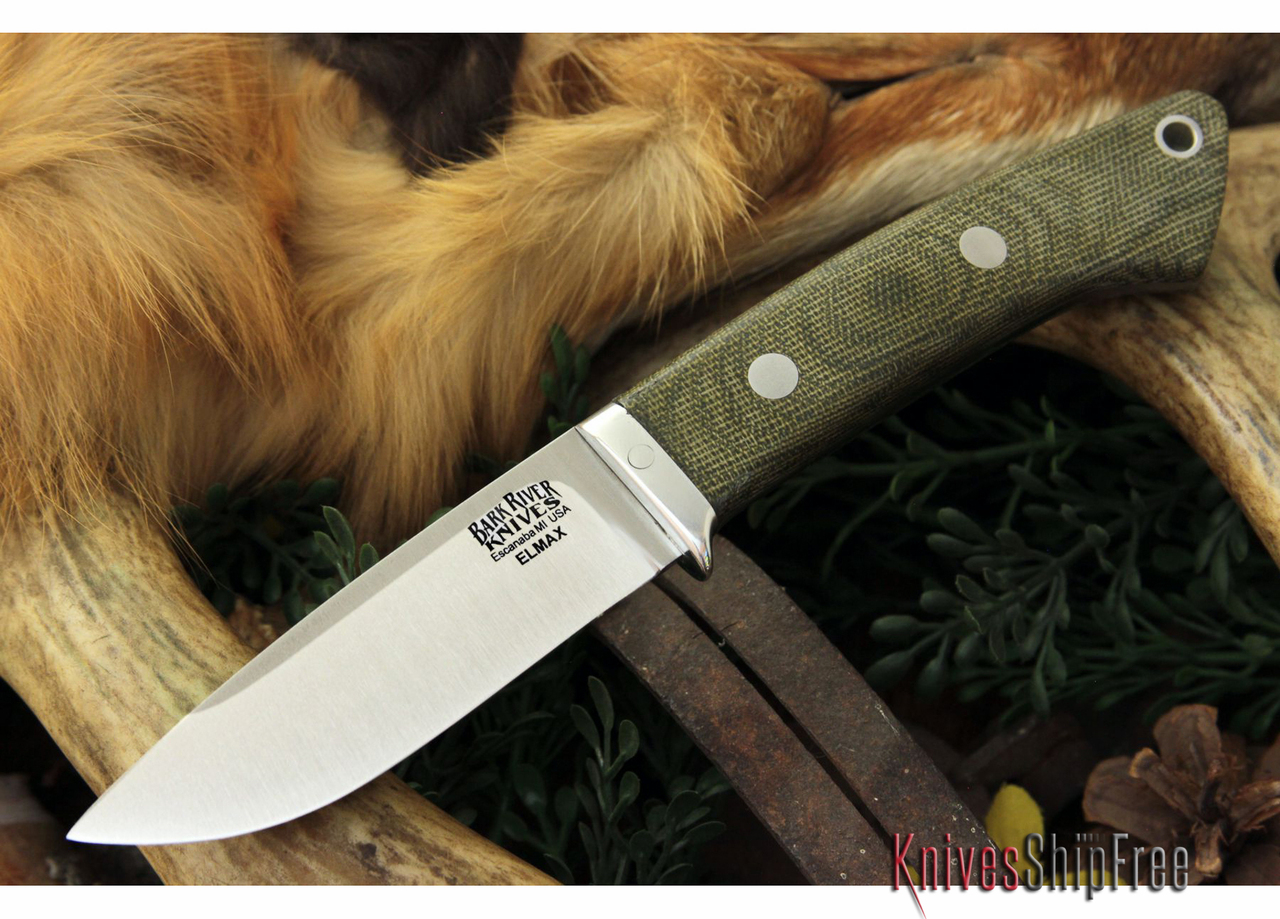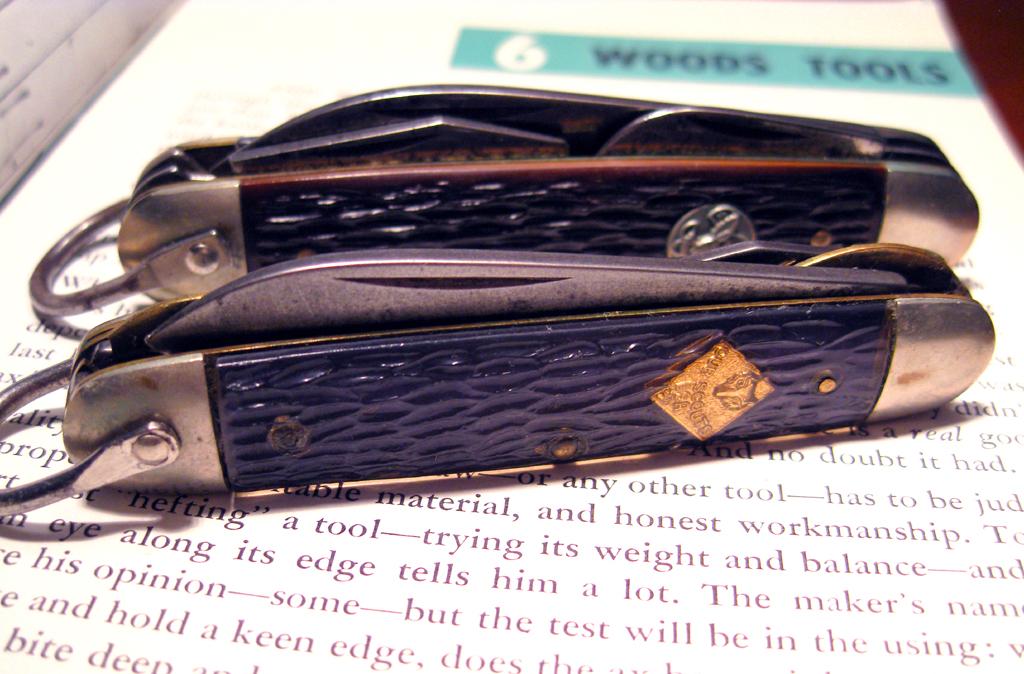3 Great Knives for a Boy Scout
16th Sep 2015
3 Great Knives for a Boy Scout
The Boy Scouts of America offers almost three dozen Scout knives, so there's no shortage of "official" options. Still, perhaps you want your Scout to have something of higher quality. Or maybe you simply want the boy to have a made-in-USA knife (and most BSA-licensed knives, if not all, are imported).
First, check with the adult Scout leader to see if the troop has any rules about blade length or other features. Thus informed, you'll want to consider three basic types of knives for your Scout.

1. A two-blade slipjoint pocketknife. This type of traditional knife is ideal for young Scouts. The main blade need not be longer than three inches, and the secondary blade should be of a different profile and shorter. That setup gives the boy two knives in one -- a large blade for general tasks and a small one for finer work (like whittling).
The Great Eastern Cutlery #72 Cody Scout, with a large drop-point blade and smaller pen, would be a good choice. Other options could include the two-blade Queen Cutlery #69 Barlow, the Canal Street Cutlery English Barlow and the Great Eastern #15 Huckleberry Boy's Knife.
(By the way, if your Scout's troop requires that all folding knives have locking blades, go ahead and pick up a single-blade folder like a Benchmade 556 Mini-Griptilian or a Buck 110 Folding Hunter.)

2. A medium-sized fixed-blade knife. Provided your Scout has earned the privilege of carrying a fixed-blade knife -- back in our day, we called that a "Totin' Chip" -- we recommend one with a blade between three and four inches long. The blade should be fairly thin (1/8 inch or so), too, and we advise a guard of some sort.
Bark River's Featherweight Hunter, albeit relatively expensive, is a perfect example of such a knife. Other alternatives would be the L.T. Wright Genesis and Bushcrafter (both slightly longer than our recommended four inches), along with the Hess Hunter and Whitetail, as well as the Fiddleback Forge production Hiking Buddy and Bushfinger.
There are lots more -- we offer these only as suggestions.
As for handles, choose a material that you won't have to worry about. Micarta, G-10 and other tough synthetics are best. In addition, consider blade steel -- stainless requires less attention, suiting a rough-and-tumble Scout, but carbon steels can be easier to sharpen (which can be an advantage when a Scout is learning).

3. A traditional multi-tool Scout knife. If you were a Scout once yourself, you probably remember your own "official" knife -- an old-school multi-tool made by Camillus, Ulster or another now-defunct American cutlery company.
It's still possible to present your Scout with a pocketknife like that, in the form of the Queen #99 Scout.
If you're the nostalgic type, the made-in-USA #99 is sure to bring back memories. It's equipped with a spear-point blade, a can opener, an awl and a combination cap lifter/screwdriver blade. The steel is Queen's famous high-carbon D2, which resists corrosion well for a carbon tool steel and holds an admirable edge.
Ultimately, you're choosing a knife that will serve your Boy Scout well and, with care, lasts a lifetime. As a matter of fact, we still have ours.


